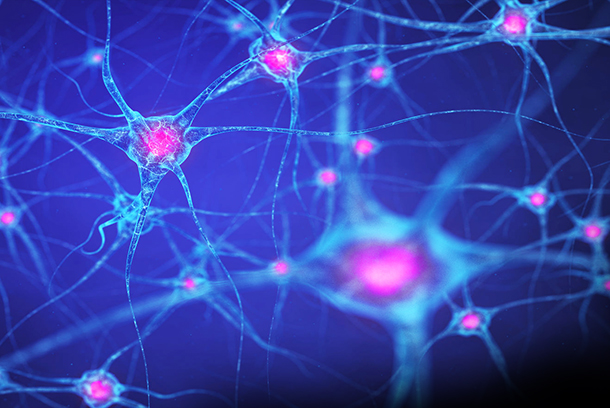This latest scientific breakthrough has wide-ranging implications. With this provisional discovery of human ability to transmit ‘wireless’ communication researchers will no doubt be looking towards areas like natural extra-sensory perception.
It’s likely that transhumanist enthusiasts and other techno-fetish movements will be viewing this discovery through the framework of directing artificial digital signals and data directly to the human brain. Certainly, this would have serious implications with regards to human augmentation, and also in relation to the emerging 5G network which is being aggressive pushed in Europe and North America at present.

Peter Dockrill
Science Alert
Scientists think they’ve identified a previously unknown form of neural communication that self-propagates across brain tissue, and can leap wirelessly from neurons in one section of brain tissue to another – even if they’ve been surgically severed.
The discovery offers some radical new insights about the way neurons might be talking to one another, via a mysterious process unrelated to conventionally understood mechanisms, such as synaptic transmission, axonal transport, and gap junction connections.
“We don’t know yet the ‘So what?’ part of this discovery entirely,” says neural and biomedical engineer Dominique Durand from Case Western Reserve University.
“But we do know that this seems to be an entirely new form of communication in the brain, so we are very excited about this.”
Before this, scientists already knew there was more to neural communication than the above-mentioned connections that have been studied in detail, such as synaptic transmission.
For example, researchers have been aware for decades that the brain exhibits slow waves of neural oscillations whose purpose we don’t understand, but which appear in the cortex and hippocampus when we sleep, and so are hypothesised to play a part in memory consolidation.
“The functional relevance of this input‐ and output‐decoupled slow network rhythm remains a mystery,” explains neuroscientist Clayton Dickinson from the University of Alberta, who wasn’t involved in the new research but has discussed it in a perspective article.
“But [it’s] one that will probably be solved by an elucidation of both the cellular and the inter‐cellular mechanisms giving rise to it in the first place.”
To that end, Durand and his team investigated slow periodic activity in vitro, studying the brain waves in hippocampal slices extracted from decapitated mice.
What they found was that slow periodic activity can generate electric fields which in turn activate neighbouring cells, constituting a form of neural communication without chemical synaptic transmission or gap junctions.
“We’ve known about these waves for a long time, but no one knows their exact function and no one believed they could spontaneously propagate,” Durand says.
“I’ve been studying the hippocampus, itself just one small part of the brain, for 40 years and it keeps surprising me.”
This neural activity can actually be modulated – strengthened or blocked – by applying weak electrical fields and could be an analogue form of another cell communication method, called ephaptic coupling.
The team’s most radical finding was that these electrical fields can activate neurons through a complete gap in severed brain tissue, when the two pieces remain in close physical proximity.
Continue this story at Science Alert
READ MORE SCI-TECH NEWS AT: 21st Century Wire Sci-Tech Files
SUPPORT 21WIRE – SUBSCRIBE & BECOME A MEMBER @21WIRE.TV















